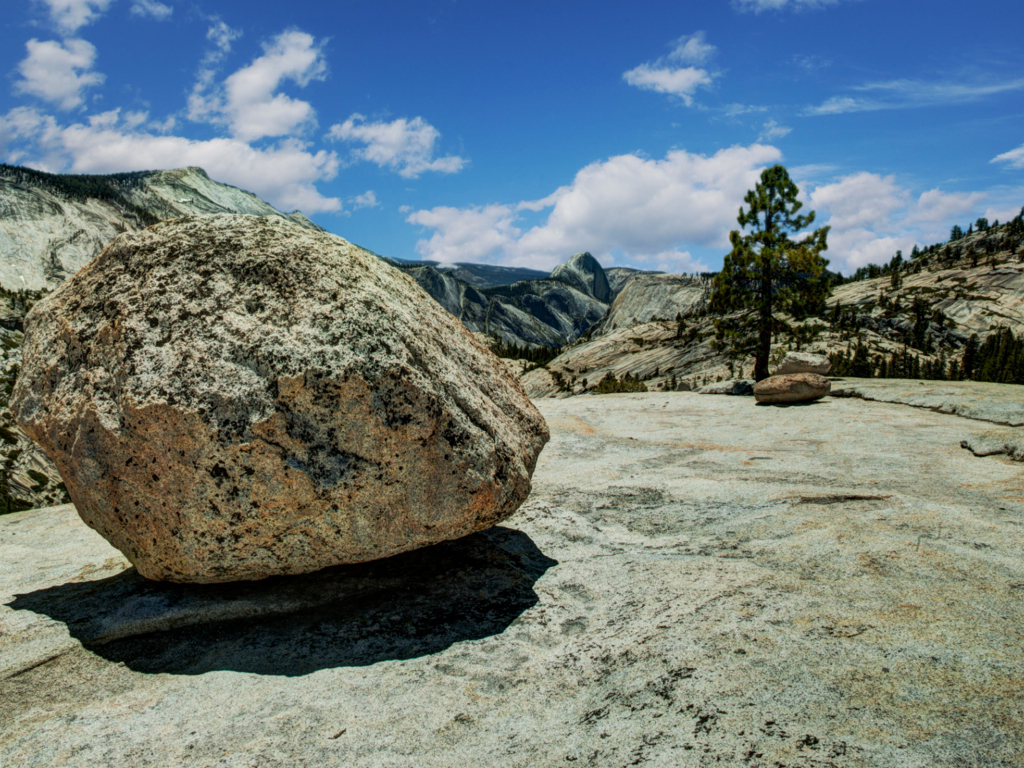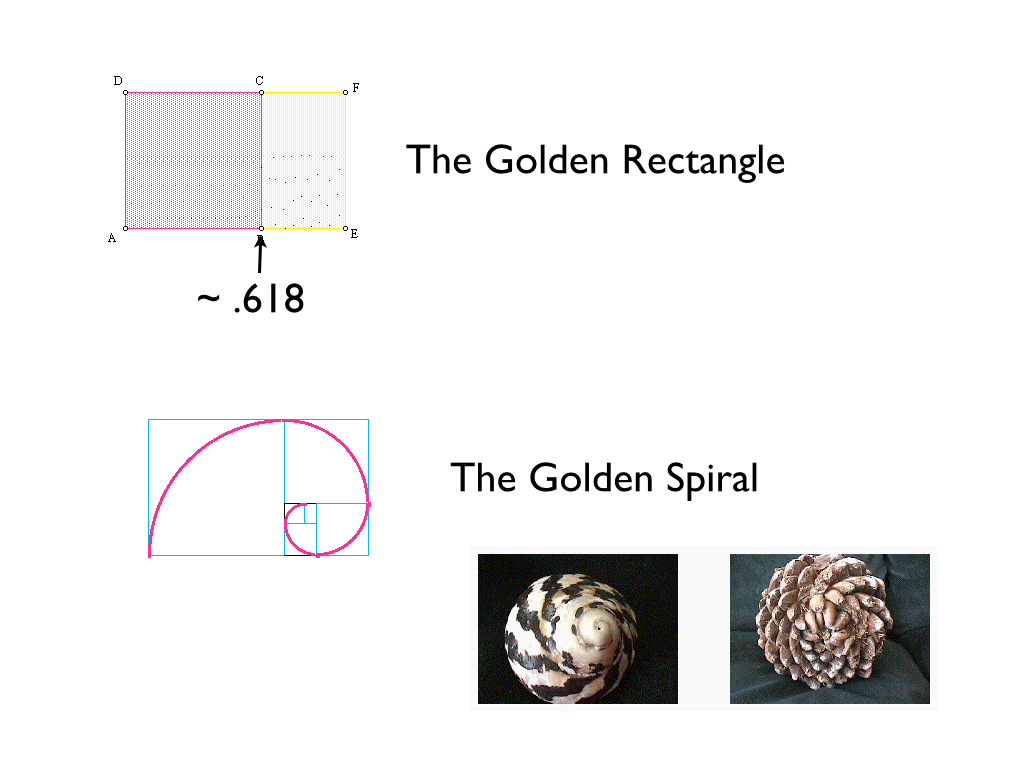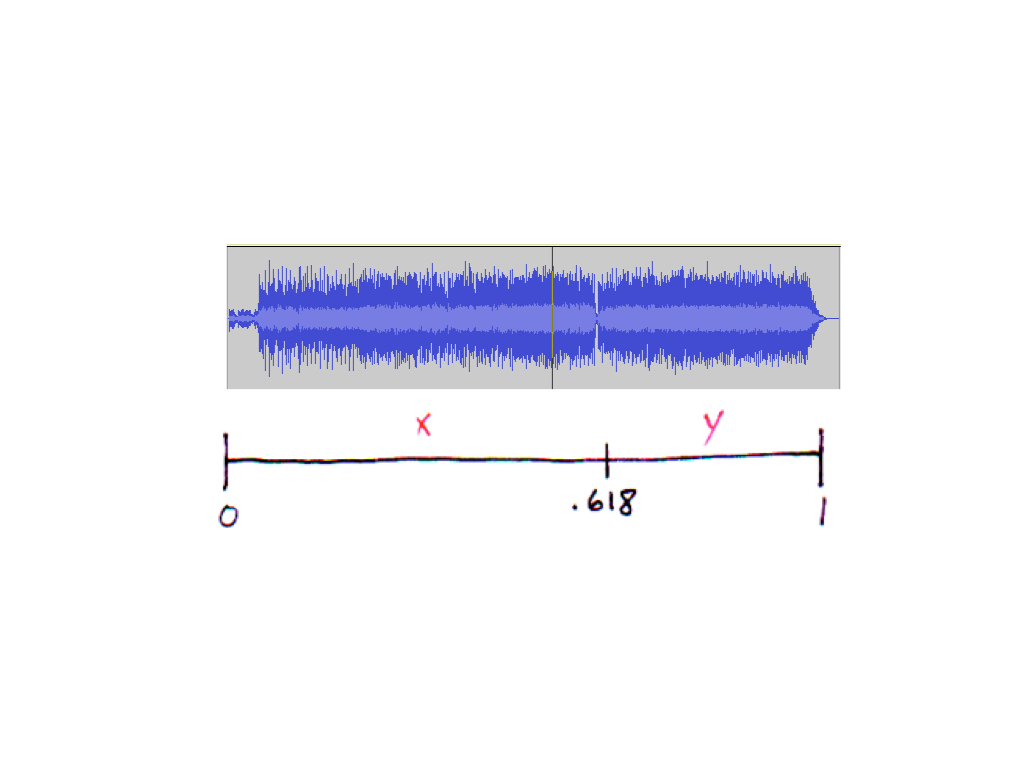
The basic function of the bridge is to connect two sections and to provide contrast.
Contrast appeals to the human eye, and ear.




The B in an AABA form is the bridge and provides contrast with the A sections. Putting a B betwen three As can keep it from beoming too monotonous. In the same way a bridge can be put in between two choruses when two in a row would be too much:
Verse1 Chorus Verse2 Chorus Chorus
Putting the bridge between the last two choruses provides welcome relief:
Verse1 Chorus Verse2 Chorus Bridge Chorus
or
Verse1 Verse2 Chorus Verse3 Chorus Bridge Chorus
The contrast between the bridge and the chorus allows us to repeat the chorus without boring the listener.
The bridge achieves contrast with new music or new lyrics. Often times the harmony on the bridge moves to a different key. The harmonic rhythm may change with the rate of change of chords slowing down or speeding up. Other ways to change the music are to change from one pattern of melody notes to a different type, i.e. repeated notes, chord tones, neighbors, and passing tones.
Changing the rhyme scheme in the bridge or changing the number of lines will make it feel different:
Replace something:
aabb in the chorus can change to aabx in the bridge.
abab in the chorus can change to abax in the bridge.
Add something:
aabb in the chorus can becme aabbx in the bridge
abab in the chorus can become ababx in the bridge
A different number of syllables per line makes the bridge stand out:

Ticket to Ride - John Lennon and Paul McCartney
The standard phrase length is 2 or 4 measures. In a bridge it’s common to add an extra measure on the end. In a song with four-bar sections you could switch to five bars (2 2 2 3).
Ticket to Ride - John Lennon and Paul McCartney
In a song with eight-bar sections you could switch to nine bars (2 2 2 3).
Tracks of My Tears - Smokey Robinson
Common harmonic moves for the bridge include:
Ticket to Ride - John Lennon and Paul McCartney
Soul Man - Sam & Dave
Another way to get contrast in the bridge is to change perspective. For example, you may shift to a different time, or become an all-knowing narrator who comments on the action described in the verses.
The bridge in my "The Day After Yesterday" shifts to a commentary on life in general and gradually works its way back to the new relationship that is the subject of the song. The song is in Bb major, the bridge starts "away" in Db major and ends on F7, the V of Bb. It also switches to a sort of senior citizen rap, and the harmonic rhythm speeds up, that is, the frequency of chord changes speeds up.
The bridge or other change in the song often occurs around .62 of the way through the recording, which is the approximate dividing point of the Golden Ratio. This proportion was used by the Greeks in their architecture and shows up in many instances of art and nature:





It's not unusual to see a change around .62 of the way through in an audio waveform.
[ Back to Index ]